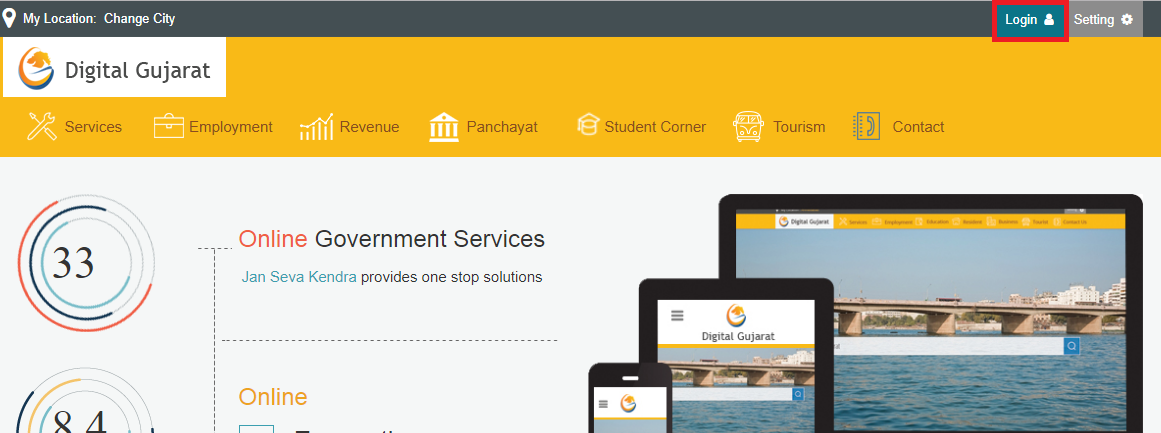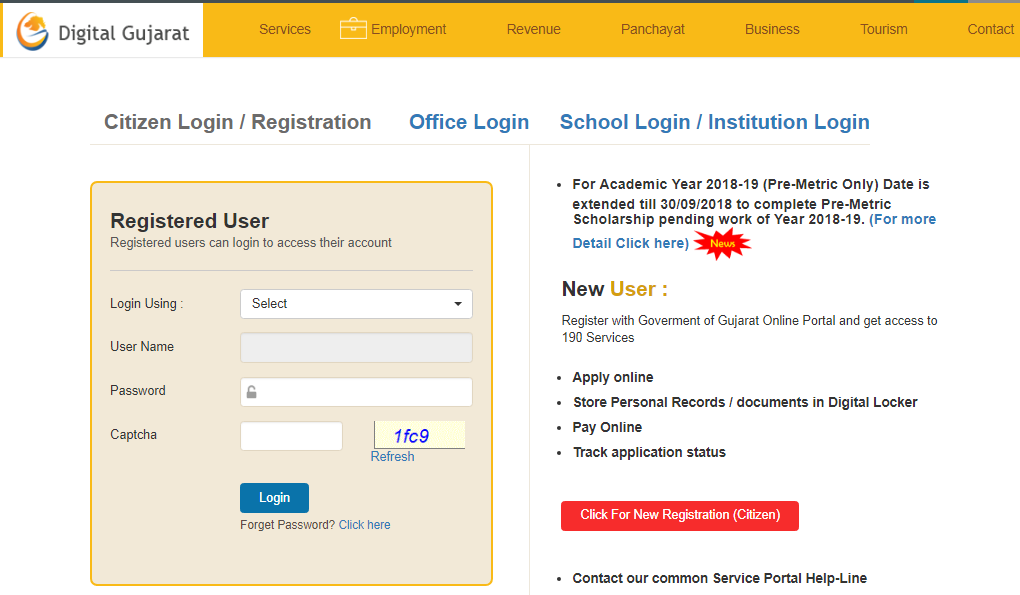 Last updated: December 17th, 2024 3:53 PM
Last updated: December 17th, 2024 3:53 PM
Gujarat Legal Heir Certificate
A legal heir is a person who succeeds or enters into the ownership of a person who died unexpectedly without a will. Legal heir certificate denotes the relationship between the legal heir and the deceased and is mandatory, especially when a nominee is not specified. In this article, we look at the procedure for obtaining the Gujarat legal heir certificate or Varsai Certificate in detail.Legal Heirs of the Deceased
To get a legal heir certificate, the following persons can be considered as the legal heirs under Indian laws.- Spouse of the deceased
- Son of the deceased
- Daughter of the deceased
- Father of the deceased.
- Mother of the deceased
Functions of the Certificate
Varsai entries are essential for the legal heirs of a farmer if they want to deal with something related to the land in the query. It is also obligatory to enter the names of the heirs as landowners in the Records of Rights. Besides, an individual acquires a legal heir certificate to claim the benefits of a serving / retired employee or pension in case of a government employee who passed away. Apart from the beneficiaries, there are certain other responsibilities of the dead person required to be transferred to the legal heir such as filing ITR, transfer of patta, telephone/electricity connection etc. However, the utility of the legal heir certificate is limited while transferring the property, transaction with financial institutions, in any court litigation cases. In that case, the legal heir certificate is not valid, and the succession certificate takes the role.Legal heir Certificate vs Succession Certificate
Legal heir certificate is not considered the final document to determine the legal heirs of the deceased person whereas the succession certificate resolves to identify the rightful heir for the transfer of property if the nominee is not selected or there is no valid will. Succession Certificate is issued by the civil court whereas the Tehsildar of the concerned district issues the legal heir certificate Learn more about the Succession certificateElements of Legal Heir Certificate
Legal Heir Certificate specifies the name of the legal heir, the relationship of the heir with the deceased, age, and marital status of surviving family members.Documents Required
The following documents are required to apply for the Varsai (Legal Heir) Certificate in Gujarat. The mentioned documents must be attached with the application form when applying offline while online application requires scanned copies of the same.- Proof of residence - Passport, True Copy of Election Card
- Proof of Identity - Driving License, PAN Card
- Pedhinamu/Ration Card
- Death certificate of the deceased
- Pension Payment Order (PPO) unit copy
- Certified copy of the letter of the pension office
- Panchanamu (As per Annexure-4/47)
- Generation (given by Talatishri)
- Certified copy of the designated form
- Affidavit - Affidavit regarding relinquishment of the claim of heirs
- Passport size photograph of legal heirs.
Concerned Authority
The Revenue Department of the State is the concerned department for the issuance of the legal heir or Varsai certificate. For an urban area, the concerned Zonal officer is responsible for the issuance and verification of legal heir (varsai) certificate in the state of Gujarat. For a rural area, concerned Mamlatdar (Head of Taluka) is responsible for the issuance and verification of legal heir (varsai) certificate in the state of Gujarat.Validity
The validity of the certificate extends for a lifetime.Fees
The applicant has to pay the fee of Rs.20 for the issue of Legal heir certificate (varsai certificate).Processing Period
The certificate will be issued after the processing of the application that extends for 2 months (60 days) excluding the government holidays. In case of delay in the issuance, the applicant can approach the Tehsildar through a lawyer. On further delay, the applicant can contact the concerned sub-collector or RDO.Application Procedure
The applicant can apply either in offline or online mode.Offline Application Process
Step 1: The applicant should visit the Mamlatdar/Talati or Jan Seva Kendra office to collect the application form. The applicant can also download the application form from the copy provided below. Step 2: Fill the application and attach the documents necessary for the approval. If there is a requirement of Javab Panch Namu in the form, the applicant should take two people for verification to the concerned office. If any proof is not available, the concerned office must issue an affidavit as specified in the form. Step 3: In case of possessing all the required proofs or if Javab Panch Namu is not required in the form, and the applicant can directly go to the Office of The Collector & District Magistrate to submit the filled form together with documents. Remit the fee in the submitting office. Step 4: The applicant can collect the certificate approved by the authority after the specified period.Online Application Process
Digital Gujarat Step 1: To apply online, visit the official website of Digital Gujarat of the Gujarat State Government. Click Login on the top of the Home page of the website. [caption id="attachment_58557" align="aligncenter" width="1161"] Gujarat-Legal-Heir-Certificate-Home-Page
New Citizen Registration
Step 2: To access online services offered by the Gujarat government, the citizen must be a registered user.
If any user was not registering on the digital portal of Gujarat, he/ she needs to register himself/ herself on the digital portal by clicking on the ‘Click for new registration’ under New user on the website.
[caption id="attachment_58558" align="aligncenter" width="1020"]
Gujarat-Legal-Heir-Certificate-Home-Page
New Citizen Registration
Step 2: To access online services offered by the Gujarat government, the citizen must be a registered user.
If any user was not registering on the digital portal of Gujarat, he/ she needs to register himself/ herself on the digital portal by clicking on the ‘Click for new registration’ under New user on the website.
[caption id="attachment_58558" align="aligncenter" width="1020"] Gujarat-Legal-Heir-Certificate-User-Registration
Step 3: The user registration page appears. Fill out the necessary details and click submit.
Login
Step 4: Then, the citizen can log in using any of the following:
Gujarat-Legal-Heir-Certificate-User-Registration
Step 3: The user registration page appears. Fill out the necessary details and click submit.
Login
Step 4: Then, the citizen can log in using any of the following:
- Aadhaar number
- Mobile number
Application Status
Citizen does not need to visit the nearest JSK/ATVT centre to verify the profile/document after successfully submitting the application. The citizen will receive an SMS regarding the status of his/her application.Popular Post

In the digital age, the convenience of accessing important documents online has become a necessity...

The Atalji Janasnehi Kendra Project that has been launched by the Government of Karnataka...

The Indian Divorce Act governs divorce among the Christian couples in India. Divorce...

When an individual has more than a single PAN card, it may lead to that person being heavily penalised, or worse,...

Employees Provident Fund (PF) is social security and savings scheme for employee in India. Employers engaged...


